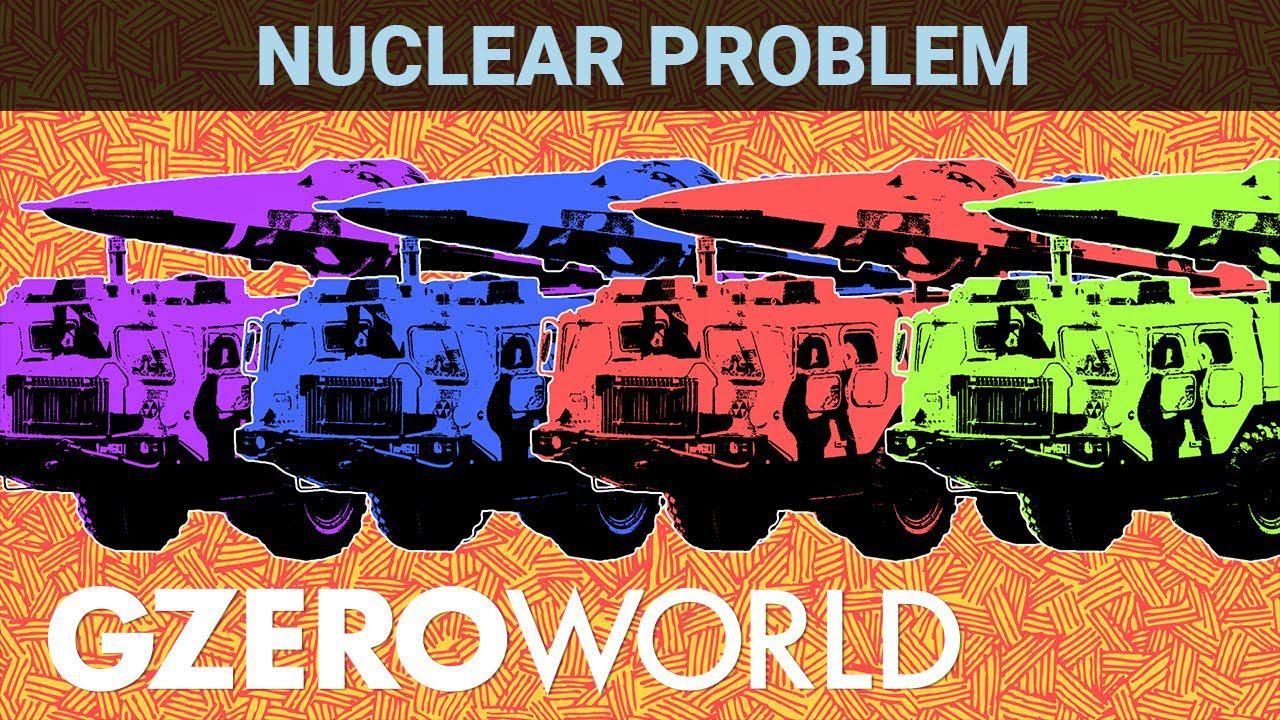
Ian Bremmer Explains: How the Nuclear Arms Race Went High Tech | GZERO World
On GZERO World, Ian Bremmer takes a look at the current state of the nuclear arms race. At its peak in the 1980s, the global inventory of nuclear warheads exceeded 70,000, but the global stockpile has shrunk significantly since then. Today, climate change is cited as a greater man-made threat to the planet than nuclear warfare. But in recent years, as nuclear disarmament worldwide has slowed to a crawl, world powers are engaging in a new kind of nuclear arms race: a technological one.
Watch the episode: Nuclear weapons: more dangerous than ever?